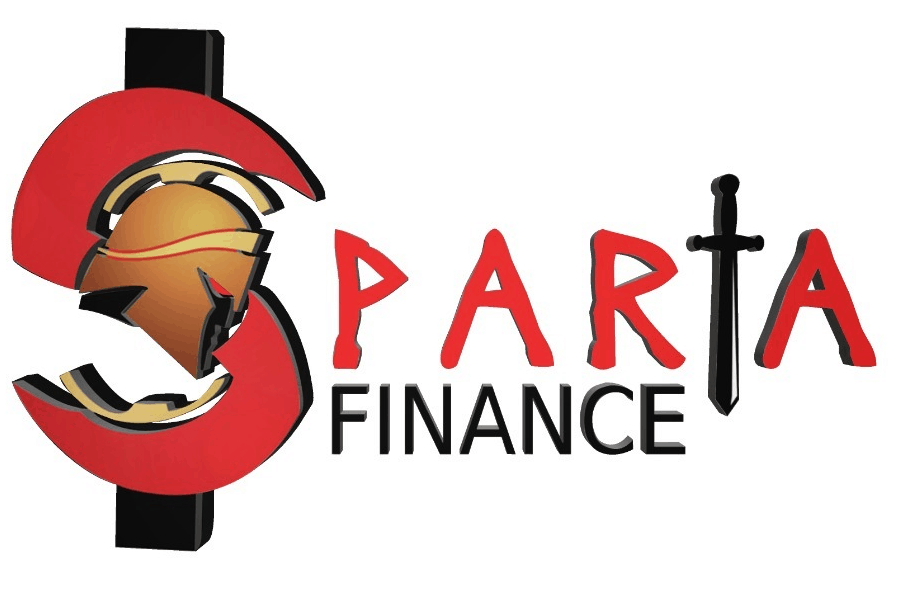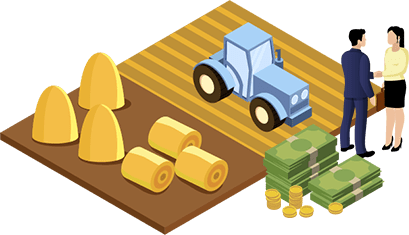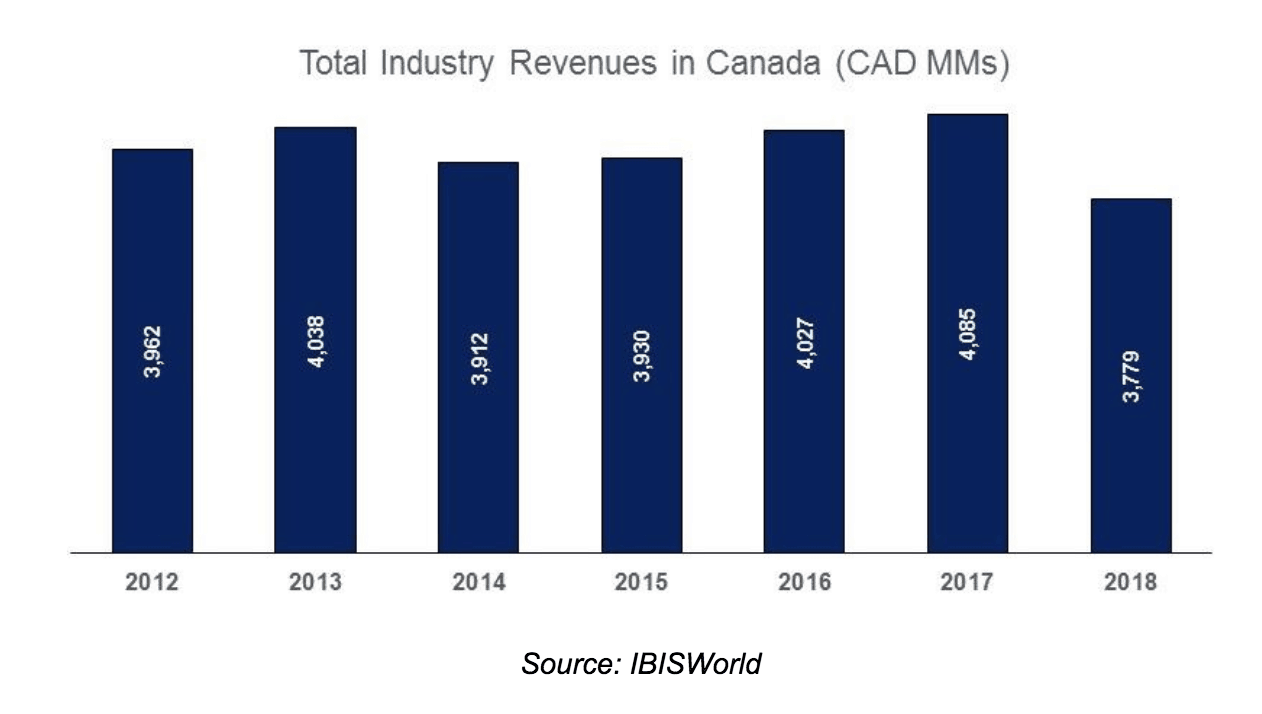Background: Farming Loans
Farmers and agricultural land owners operate in a seasonal business. While waiting for the season to start, their high-end specialty equipment is locked away in a barn. That scenario, can however be changed and optimized through a farming loan. In this type of loan, the farmer uses the value of the equipment as collateral to gain funds that can then be deployed into other business uses. Ultimately, the farming loan can thus be distilled as such: a secured loan that enables the established farmer to unlock additional value in the business or the new farmer to initiate his/her business.




























